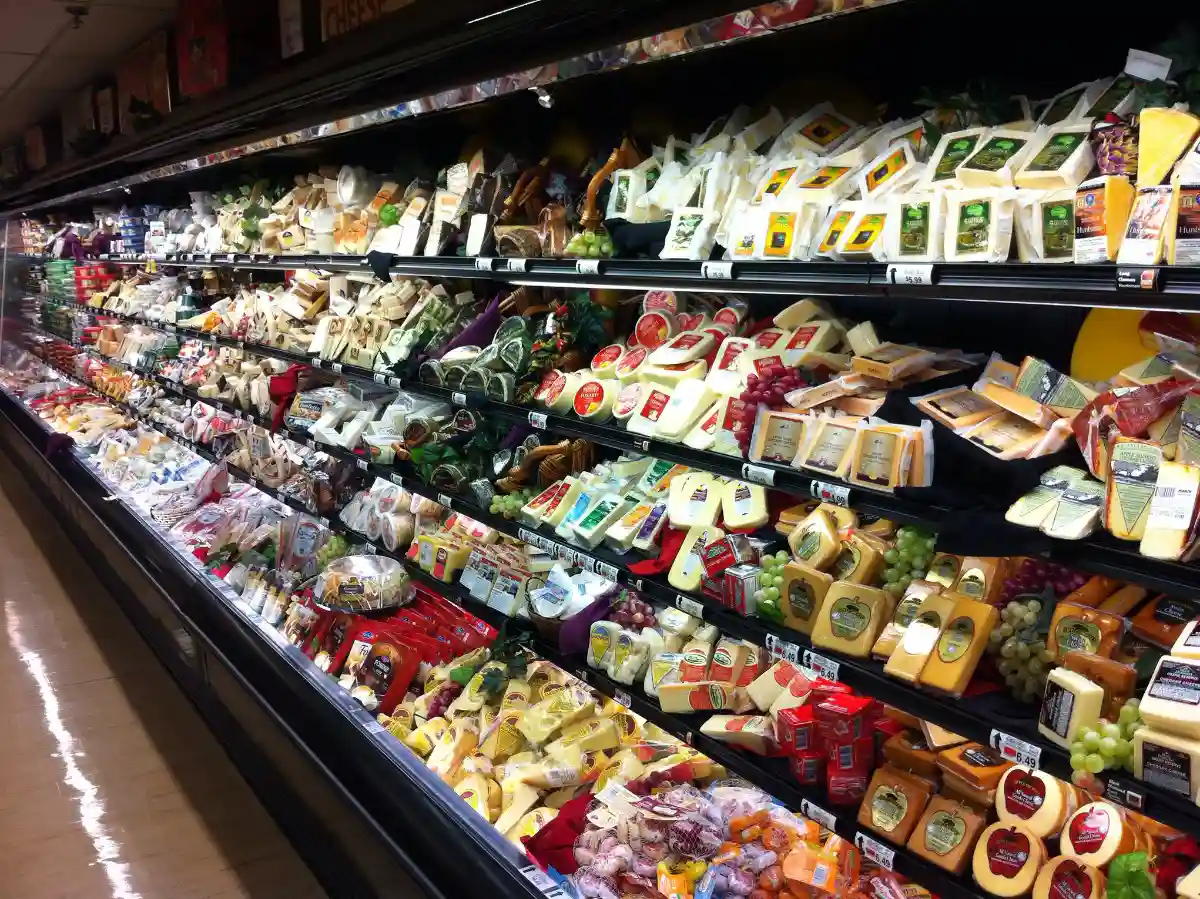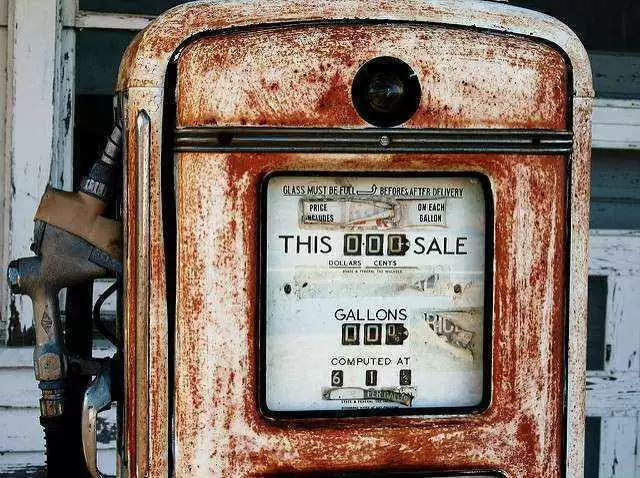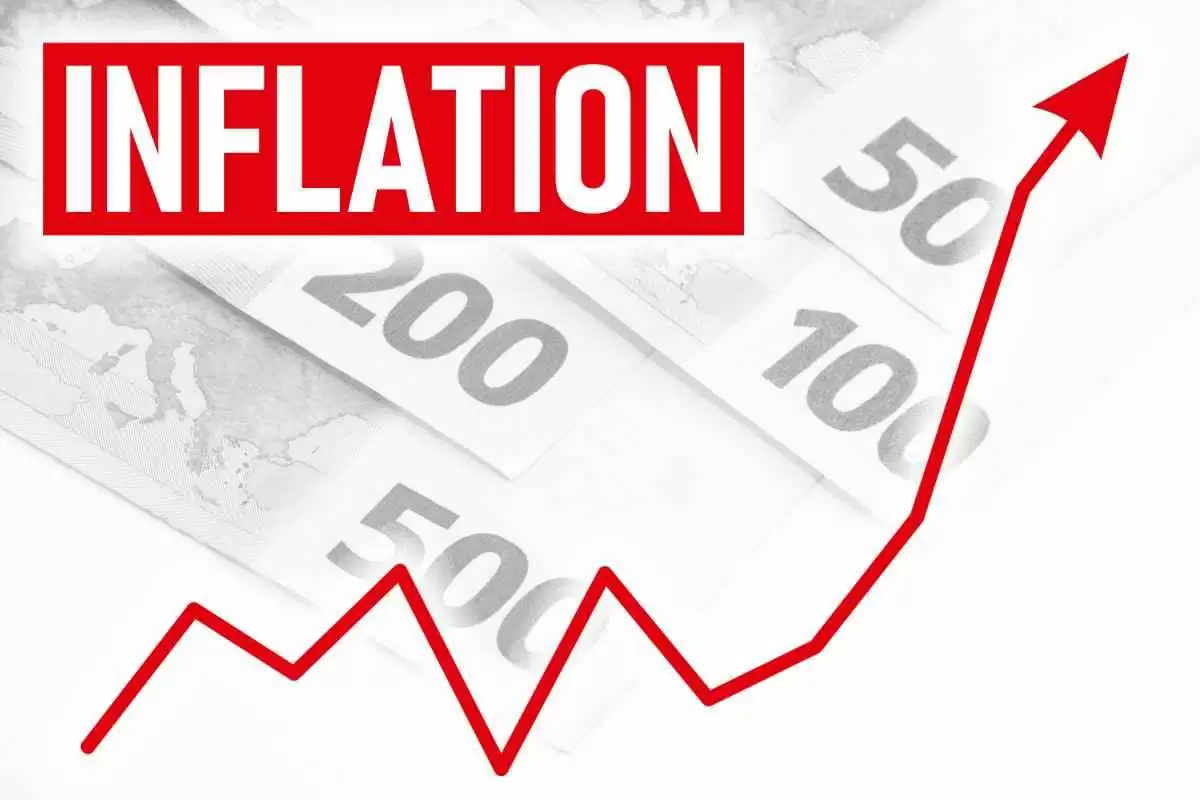Celiac.com 02/13/2024 - For those living with celiac disease, the gluten-free lifestyle isn't just a choice; it's a medical necessity. However, a recent analysis by Coeliac UK has shed light on a concerning trend — the soaring cost of gluten-free alternatives is leaving many celiac sufferers in a difficult position, risking their health due to financial constraints.
According to the analysis, gluten-free versions of everyday staples can be up to six times more expensive than their gluten-containing counterparts. The economic strain is pushing 27% of people with celiac disease to buy food that might contain gluten, as revealed in a Coeliac UK survey. Shockingly, 4% admitted to purchasing food that definitely contained gluten, despite the health risks.
Celiac.com Sponsor (A12):
The financial challenge is evident across various staples. The cheapest available gluten-containing loaf of bread costs just 5.6p per 100g, while its gluten-free alternative is priced at 35.5p per 100g. Gluten-free pasta is twice as expensive as regular pasta, and plain flour and cereals come with a doubled or even more price tag.
The impact of these costs is deeply worrying, with individuals compromising their health due to financial constraints. Symptoms of consuming gluten for those with celiac disease range from short-term discomforts like diarrhea, stomach cramps, and constipation to potential long-term complications such as osteoporosis, iron deficiency, and vitamin B12 deficiency.
Tristan Humphreys, head of advocacy at Coeliac UK, expressed concern over the findings, emphasizing that any barrier to adhering to a gluten-free diet is a serious concern. Celiac disease, an autoimmune condition triggered by gluten consumption, can lead to severe consequences if dietary restrictions are not followed. Risks include damage to the lining of the gut, nutrient absorption issues, and potential long-term complications like infertility and, in rare cases, bowel cancer.
Historically, gluten-free staples were available on prescription in the NHS, recognizing the additional costs for those with celiac disease. However, in England, non-bread and non-flour products were removed from the prescribable products list in 2017, leading to a reduction in areas offering gluten-free prescriptions.
The financial challenge is further exacerbated by the lack of financial support for people with this lifelong autoimmune condition where prescriptions have been withdrawn. Approximately 55% of people in England live in areas where gluten-free prescriptions are routinely available, leaving the rest facing a postcode lottery.
The government acknowledges the challenges households face with rising costs and pledges to engage with supermarkets for the best ways to support consumers. However, the financial strain on those with celiac disease remains a significant concern, prompting calls for increased accessibility to gluten-free prescriptions and support for a community that views a gluten-free diet not as a luxury but as a dietary necessity for health.
Read more at inews.co.uk










Recommended Comments
There are no comments to display.
Create an account or sign in to comment
You need to be a member in order to leave a comment
Create an account
Sign up for a new account in our community. It's easy!
Register a new accountSign in
Already have an account? Sign in here.
Sign In Now